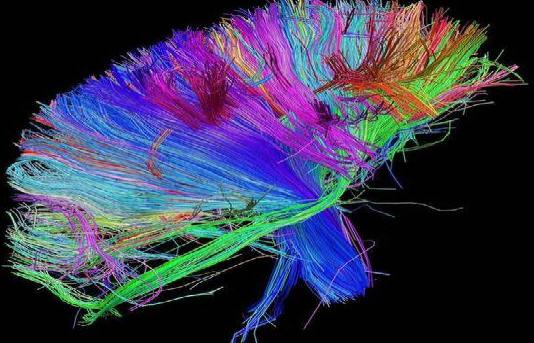Lysergic acid diethylamide, AKA, LSD is probably the most famous hallucinogen. Despite the anecdotes of scary and beautiful trips, and the new age rumors of psychotropic medicinal potential, little is known about the actual, physical effects of LSD on the brain. The drug has been under-researched, regardless of your stance on it, and in this day and age of legalization and the waning era of a completely ineffectual drug war it is hard to trust public opinion on any recreational mind altering substance. Timothy Leary’s 1960s-era writings and studies of the drug are the last true exploration – until now.
Last Summer, Carhart-Harris presented his findings after being the first UK Scientist to legally administer LSD to human volunteers. The Misuse of Drugs Act of 1971 outlawed it for public use of any kind, including science. His presentation included a slide showing still unpublished cross-sectional brain images of a volunteer chilling in an fMRI scanner, tripping on acid. This kind of pro-LSD presentation is one of a handful from the worldwide science community that spurred the recent work of British medical researchers, lead by Imperial College London Neuropsychopharmacology Professors David Nutt and Dr Robin Carhart-Harris, who are recording data as the drug interacts with regular healthy brains with MEG and fMRI brain scans. It’s England’s first large-scale study of LSD in fifty years, and the first-ever study of this kind with a scientifically respectable sample size.
The study is being performed by The Beckley Foundation Psychedelic Research Programme, after crowdfunding on the website Walacea was extremely successful. The Walacea page says the money help to complete the research study which will present published results later in 2015. The crowdfunding is an important part of the story because university science budgets and government money have been slow to cover the costs of something so stigmatized by negative anecdotes.
‘Despite the incredible potential of this drug to further our understanding of the brain, political stigma has silenced research. We must not play politics with promising science that has so much potential for good’., said Prof. Nutt (Yes, that is his real name.)
LSD is in a restricted class of drugs in England where it is considered a Schedule-1 narcotic. There were a lot of legal requirements to meet before the team could get a license to use LSD on test subjects. They also needed approval from a science ethics committee to administer LSD to human subjects. After jumping through all the hoops, the researchers realized why LSD has gone so understudied. It was expensive, and they found they often had to convince people they were actually doing real science before they could get the paperwork to be taken seriously. The entire process has been slow and well-monitored, as a result.
The relatively sophisticated brain images the study hopes to produce of their subjects tripping on LSD could lead to new treatments for psychological disorders, most likely including obsessive compulsion and depression.
|
Jonathan Howard
Jonathan is a freelance writer living in Brooklyn, NY |



